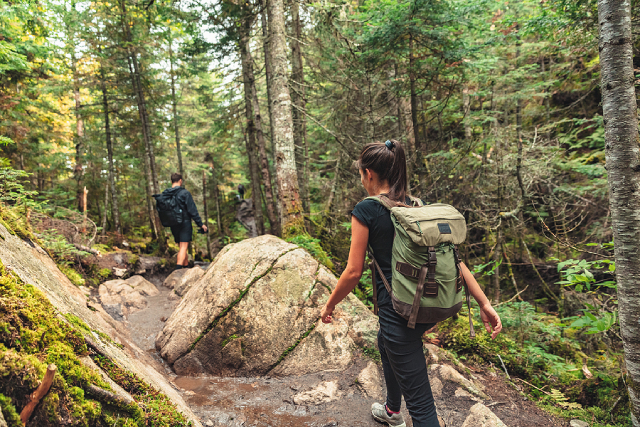
Hiking is a great way to escape from the city and tune into nature. Wilderness travel characterised by forest trails and exploration is well-loved among backpackers and campers.
For those seeking adventure, wilderness travel might seem like a good idea until you start wandering off track and sustain injuries that may warrant urgent medical evacuation.
To prevent those nasty scenarios from ruining your trip, here are some tips to help prepare you for the journey of your lifetime.
1. Inform others of your whereabouts
Even though backpacking is mainly a solo adventure and chosen for self-discovery – for safety reasons, do be sure to constantly update a close family member or friend about your location. It would be best if you also informed them about when they can expect you to be back.
Other details that you could share with them could be the car model you are driving, any backup routes you intend to take and who to alert if they suspect your trip has gone south. With that information, they can track you and find your possible whereabouts in case of an emergency.
2. Research trail conditions before heading out
Needless to say, when venturing into the unknown, do not keep yourself in the dark and risk unpleasant surprises upon your arrival. Instead, do your homework and due diligence about the trail, location, weather forecasts, and other necessary details that could prove helpful during your trip.
It might also be helpful to compare the details among the different trails so you have a backup plan if anything goes south. Many hiking trails also tend to be connected if they are located nearby. If you find yourself lost in one, your knowledge on the other could give you an alternative escape route.
If you are willing to go the extra mile, taking up courses could help, especially if you are new to hiking or backpacking in general. You might even be able to make new friends who are seasoned travellers during these courses to provide informational tips to guide you on your journey.
3. Packing essentials and gear
As hikes tend to last from a couple of hours to spanning over days, having the gear and supplies necessary is crucial.
Some essentials that you can consider bringing would include:
- A local map and compass or GPS
- Drinking water and food supplies
- Rain gear, insulation and fire starters
- First-aid kit
- Shelter and sun protection
- Multi-tools such as an army knife and duct tape
Another item you could consider bringing would be a whistle or allocator beacon. These can help any search and rescue teams identify you in any case of an emergency.
4. In the face of an emergency, stay calm
No matter how much you have prepared for the trip, there is always bound to be a chance that things may go wrong. When you find yourself in such emergencies, the first course of action would be to stay calm and assess your options. Take stock of what you have packed and check if those are sufficient to keep you safe in the meantime.
Next, try to get to a safe spot, ideally near a well-worn trail where you can ask for help. If you are far from the path, moving in another direction could take you further away. Moreover, your injury may not be able to withstand movement. In that case, look for shelter or a spot that seems safe nearest to you and stay there. Or better yet, if you have brought a whistle or a locator beacon, use it to help the medical assistance services team find you.
Conclusion:
Wilderness travel can be both enjoyable and safe if you can follow these rough guidelines. Safety should always be a priority when you are travelling. If you find yourself lost, do not be afraid to turn back.

